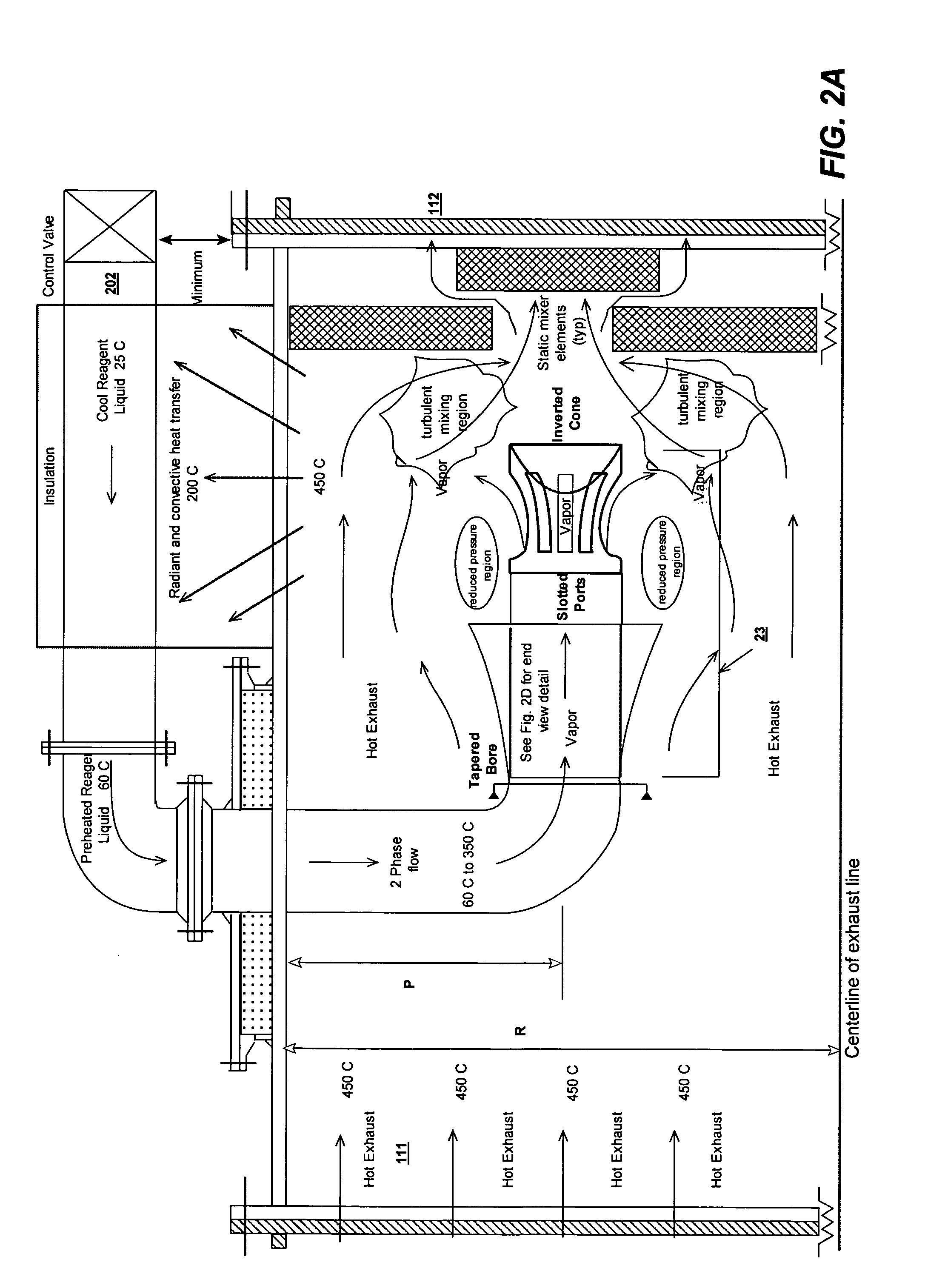Energy recovery from waste heat sources
a waste heat source and energy recovery technology, applied in steam engine plants, machines/engines, mechanical equipment, etc., can solve the problems of high noise and inefficiency of large “off-road” diesel engines, hazardous combustion conditions, toxic, acidic, noise pollution, etc., to reduce emissions, resist acidic corrosion, and maximize thermal energy recovery
- Summary
- Abstract
- Description
- Claims
- Application Information
AI Technical Summary
Benefits of technology
Problems solved by technology
Method used
Image
Examples
Embodiment Construction
[0027]FIG. 1 illustrates a process flow diagram of a stationary diesel engine(s) equipped with emissions reduction 2000, thermal recovery and conversion 3000, and inlet air chiller 4000 units, according to an embodiment. In some embodiments, three integrated phases may be used to reduce emissions, recover and convert thermal energy, and cool inlet combustion air to improve overall diesel engine efficiency and performance. While embodiments described herein identify a diesel engine, it is to be understood that the following embodiments may be used with other types of engines.
[0028]In some embodiments, a reciprocating engine(s) 1100 may be coupled to a Selective Catalytic Reduction Oxidation Unit SCROU 2000 including, in part, a Selective Catalytic Reactor SCR 24 which may act as a partial particulate matter (PM) filter and noise silencer. As used herein and on the FIGs, “(Typ)” stands for typical to indicate more than one expected use in the Figures (i.e., at least parts with a “(Typ...
PUM
 Login to View More
Login to View More Abstract
Description
Claims
Application Information
 Login to View More
Login to View More - R&D
- Intellectual Property
- Life Sciences
- Materials
- Tech Scout
- Unparalleled Data Quality
- Higher Quality Content
- 60% Fewer Hallucinations
Browse by: Latest US Patents, China's latest patents, Technical Efficacy Thesaurus, Application Domain, Technology Topic, Popular Technical Reports.
© 2025 PatSnap. All rights reserved.Legal|Privacy policy|Modern Slavery Act Transparency Statement|Sitemap|About US| Contact US: help@patsnap.com



